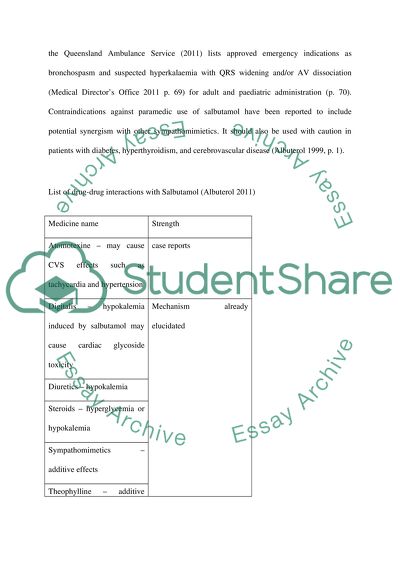Cite this document
(“Drug profile Essay Example | Topics and Well Written Essays - 2000 words”, n.d.)
Retrieved from https://studentshare.org/chemistry/1440686-drug-profile
Retrieved from https://studentshare.org/chemistry/1440686-drug-profile
(Drug Profile Essay Example | Topics and Well Written Essays - 2000 Words)
https://studentshare.org/chemistry/1440686-drug-profile.
https://studentshare.org/chemistry/1440686-drug-profile.
“Drug Profile Essay Example | Topics and Well Written Essays - 2000 Words”, n.d. https://studentshare.org/chemistry/1440686-drug-profile.


